Best Literary Fiction Books to Read
Top 10 Literary Fiction books
In literary fiction anything can happen which can be both exciting and unnerving for the reader. It also doesn’t fallow specific rules compare to other fiction genres and creative storytelling make them more outstanding. This genre targets smaller section of the market and publishers are less interested to it.
The Handmaid's Tale
The Handmaid’s Tale, originally published in 1985, is a dystopian novel written by Canadian author Margaret Atwood. It is set in a near-future New England, in a totalitarian state resembling a theonomy that overthrows the United States government.
The book is structured into two parts, by night and by other various events. This novel can be interpreted as a double narrative, Offred’s tale and the handmaids’ tales. The night sections are solely about Offred, and the other sections (shopping, waiting room, household, etc.) are the stories that describe the possible life of every handmaid, though from the perspective of Offred. In many of these sections, Offred jumps between past and present as she retells the events leading up to the fall of women’s rights and the current details of the life that she now lives.
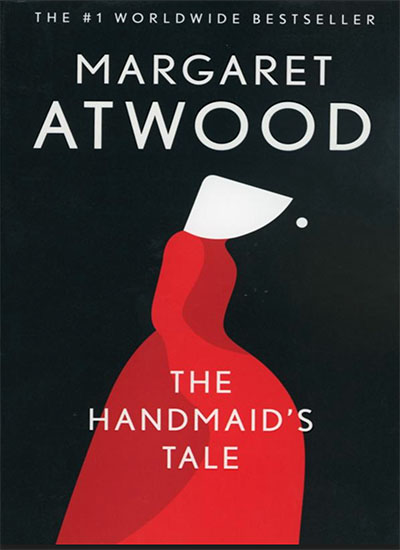
The Handmaid's Tale
by Margaret Atwood
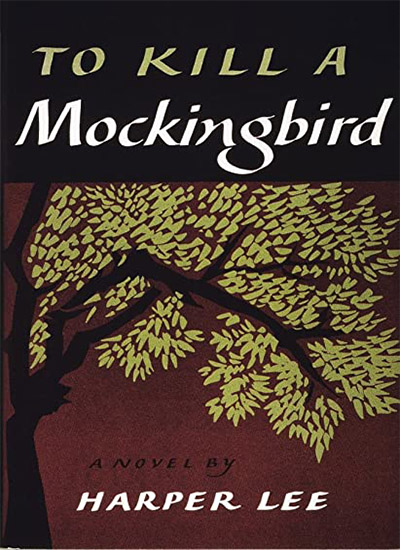
To Kill a Mockingbird
by Harper Lee
To Kill a Mockingbird
To Kill a Mockingbird is a novel by Harper Lee published in 1960.
The story, told by the six-year-old Jean Louise Finch, takes place during three years (1933–35) of the Great Depression in the fictional “tired old town” of Maycomb, Alabama, the seat of Maycomb County. Jean Louise Finch, nicknamed Scout, lives with her older brother Jeremy, nicknamed Jem, and their widowed father Atticus, a middle-aged lawyer. Jem and Scout befriend a boy named Dill, who visits Maycomb to stay with his aunt each summer. The three children are terrified, yet fascinated by their neighbor, the reclusive Arthur “Boo” Radley. The adults of Maycomb are hesitant to talk about Boo, and few of them have seen him for many years. The children feed one another’s imagination with rumors about his appearance and reasons for remaining hidden, and they fantasize about how to get him out of his house. After two summers of friendship with Dill, Scout and Jem find that someone is leaving them small gifts in a tree outside the Radley place. Several times the mysterious Boo makes gestures of affection to the children, but, to their disappointment, he never appears in person.
Jane Eyre
Jane Eyre is a novel by English writer Charlotte Brontë, published under the pen name “Currer Bell”, in 1847. The first American edition was published the following year.
The novel revolutionized prose fiction by being the first to focus on its protagonist’s moral and spiritual development through an intimate first-person narrative, where actions and events are colored by a psychological intensity. Charlotte Brontë has been called the “first historian of the private consciousness”, and the literary ancestor of writers like Proust and Joyce. The book contains elements of social criticism, with a strong sense of Christian morality at its core, and is considered by many to be ahead of its time because of Jane’s individualistic character and how the novel approaches the topics of class, sexuality, religion and feminism.
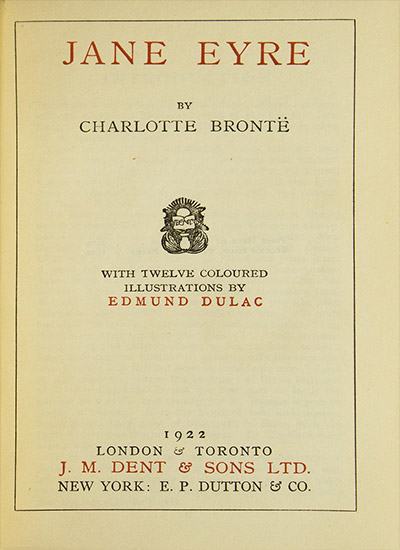
Jane Eyre
by Charlotte Brontë
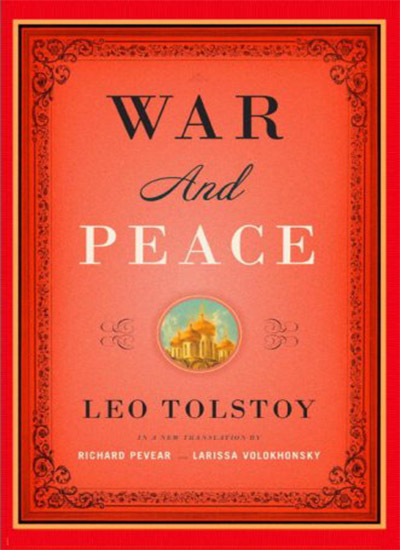
War and Peace
by Leo Tolstoy
War and Peace
War and Peace is a novel by the Russian author Leo Tolstoy, published serially, then in its entirety in 1869. It is regarded as one of Tolstoy’s most excellent literary achievements. The novel chronicles the French invasion of Russia and the impact of the Napoleonic era on Tsarist on society through the stories of five Russian aristocratic families. Portions of an earlier version, titled The Year 1805, were serialized in The Russian Messenger from 1865 to 1867, and then published in its entirety in 1869.
The novel begins in July 1805 in Saint Petersburg, at a soirée given by Anna Pavlovna Scherer—the maid of honor and confidante to the dowager Empress Maria Feodorovna. Many of the main characters are introduced as they enter the salon. Pierre (Pyotr Kirilovich) Bezukhov is the illegitimate son of a wealthy count who is dying after a series of strokes.
Anna Karenina
Anna Karenina is a novel by the Russian author Leo Tolstoy, first published in book form in 1878. Many writers consider Anna Karenina the greatest work of literature ever, and Tolstoy himself called it his first true novel.
The book consists of more than the story of Anna Karenina, a married socialite, and her affair with the affluent Count Vronsky, though their story is a very strong component of the plot. The story starts when she arrives in the midst of a family broken up by her brother’s unbridled womanizing—something that prefigures her own later situation, though she would experience less tolerance by others.
A bachelor, Vronsky is eager to marry Anna if she agrees to leave her husband Karenin, a senior government official. Still, she is vulnerable to the pressures of Russian social norms, the moral laws of the Russian Orthodox Church, her insecurities, and Karenin’s indecision. Although Vronsky and Anna go to Italy, where they can be together, they have trouble making friends. Back in Russia, she is shunned, becoming further isolated and anxious, while Vronsky pursues his social life. Despite Vronsky’s reassurances, she grows increasingly possessive and paranoid about his imagined infidelity, fearing loss of control.
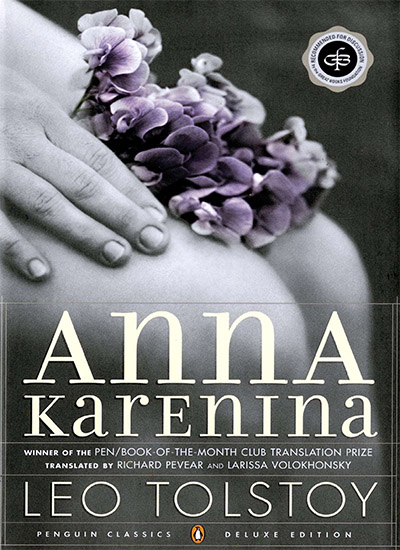
Anna Karenina
by Leo Tolstoy

The Goldfinch
by Donna Tartt
The Goldfinch
The Goldfinch is a novel by the American author Donna Tartt. It won the 2014 Pulitzer Prize for Fiction, among other honors. Published in 2013, it was Tartt’s first novel since The Little Friend in 2002. The novel is a coming-of-age tale told in the first person.
The main character is a thirteen-year-old boy, Theo’s life is turned upside down when he and his mother visit the Metropolitan Museum of Art to see an exhibition of Dutch masterpieces, including a favorite painting of hers, Carel Fabritius’ The Goldfinch. There, he becomes intrigued by a red-headed girl with an elderly man. A bomb explodes in the museum, killing his mother and several other visitors.
Don Quixote
The Ingenious Gentleman Don Quixote of La Mancha, or just Don Quixote, is a Spanish novel by Miguel de Cervantes. Published in two parts, in 1605 and 1615, Don Quixote is the most influential work of literature from the Spanish Golden Age and the entire Spanish literary canon. A founding work of Western literature, it is often labeled “the first modern novel” and is sometimes considered the best literary work ever written.
Cervantes wrote that the first chapters were taken from “the archives of La Mancha”, and the rest were translated from an Arabic text by the Moorish author Cide Hamete Benengeli. This metafictional trick appears to give a greater credibility to the text, implying that Don Quixote is a real character and that the events related truly occurred several decades prior to the recording of this account. However, it was also common practice in that era for fictional works to make some pretense of being factual, such as the common opening line of fairy tales “Once upon a time in a land far away…
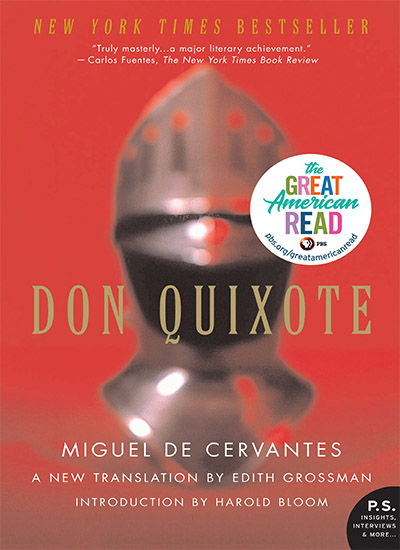
Don Quixote
by Miguel de Cervantes

The Sound and the Fury
by William Faulkner
The Sound and the Fury
The Sound and the Fury is a novel by the American author William Faulkner. It employs several narrative styles, including a stream of consciousness. Published in 1929, The Sound and the Fury was Faulkner’s fourth novel and was not immediately successful.
The Sound and the Fury is set in Jefferson, Mississippi. The novel centers on the Compson family, former Southern aristocrats who are struggling to deal with the dissolution of their family and its reputation. Over the course of the 30 years or so related in the novel, the family falls into financial ruin, loses its religious faith and the respect of the town of Jefferson, and many of them die tragically…
Nineteen Eighty-Four (1984)
Nineteen Eighty-Four, often published as 1984, is a dystopian novel by English novelist George Orwell.
It was published in 1949. The story takes place in an imagined future, the year 1984, when much of the world has fallen victim to perpetual war, omnipresent government surveillance, historical negationism, and propaganda. Great Britain, known as Airstrip One, has become a province of a superstate named Oceania that is ruled by the Party who employs the Thought Police to persecute individuality and independent thinking. Big Brother, the leader of the Party, enjoys an intense cult of personality despite the fact that he may not exist. The protagonist, Winston Smith, is a diligent and skillful rank-and-file worker and Party member who secretly hates the Party and dreams of rebellion. He enters a forbidden relationship with a co-worker, Julia.
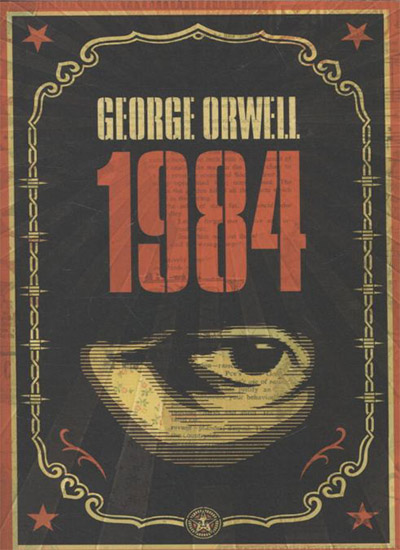
Nineteen Eighty-Four (1984)
by George Orwell

The Grapes of Wrath
by John Steinbeck
The Grapes of Wrath
The Grapes of Wrath is an American realist novel written by John Steinbeck and published in 1939. The book won the National Book Award and Pulitzer Prize for fiction, and it was cited prominently when Steinbeck was awarded the Nobel Prize in 1962. The Grapes of Wrath is frequently read in American high school and college literature classes due to its historical context and enduring legacy.
The story set during the Great Depression; the novel focuses on the Joads, a poor family of tenant farmers driven from their Oklahoma home by drought, economic hardship, agricultural industry changes, and bank foreclosures forcing tenant farmers out of work. Due to their nearly hopeless situation, and in part because they are trapped in the Dust Bowl, the Joads set out for California along with thousands of other “Okies” seeking jobs, land, dignity, and a future.